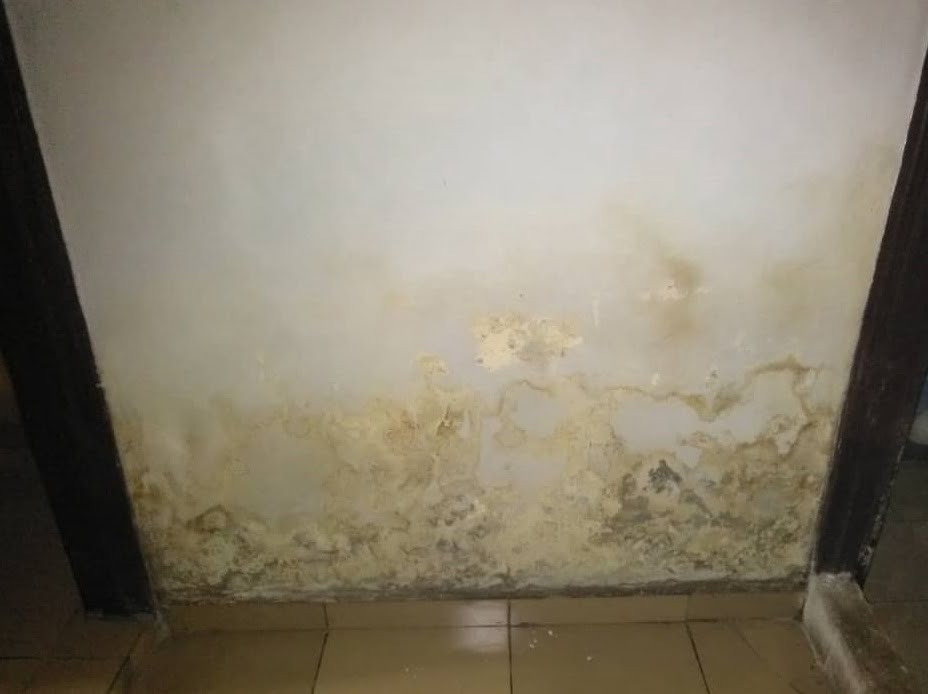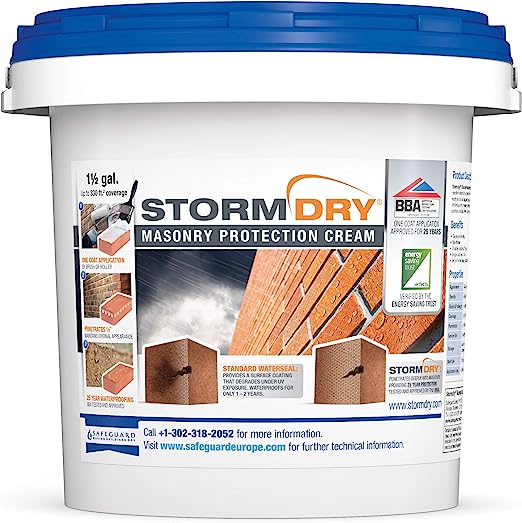5 Ways To Eliminate Rising and Penetrating Damp In Homes

5 Ways To Eliminate Rising and Penetrating Damp In Homes
Rising and penetrating damp on walls is an unfortunate ugly situation that has pose serious challenges to home owners and also to the occupant of the property.
Imagine you are faced with such a dis-pleasant situation how do you coupe with moisture(water vapor) seeping through your walls affecting all your expensive paintings and introducing a secondary color or black mold to your wall in the sitting room or any others rooms.
It is equally harmful to your health since it has the capacity to accumulate bacteria and fungi which can cause serious respiratory problem if not fixed on time.
I can tell from experience if you are a tenant and can not fix it, your stay in the apartment will be limited , unbearable and it can cause dispute between you and the home owner or relocating to another place.
The good news is that it can be avoided in the first instance and there is a way out for you if you are already in the mess.
If you have not started your house plan project you can follow the article so that you won’t make such mistake in the first place. if your case is that water is seeping through the wall or from the deck/slab don’t worry after reading through this article you will find solutions and ways you can use to stop it.
I will like to talk little about the meaning and causes of structural dampness in our homes.
Structural Dampness
Generally is a situation where either ground water or moisture content gain access through the walls to surface at the internal/external walls or water leakages through pipes or slabs as a result of bad supervision during construction.
Another way we can experience structural dampness in our is as a result of condensation of moisture content during cold temperature period. This is mostly experienced in cold climate region.
For the purpose of this article i will limit myself to just Rising damp and Penetrating damp. If you want to know more on condensation damp visit Centre for sustainable energy .
The best way to describe rising damp is a situation where water from ground spread gradually upward through the surface of the walls causing serious damages to your paintings/wallpapers, plastering/mortal and even the block wall itself.
The penetrating damp mostly occurs as result of poor supervised construction work or damage structural member which may result in leakage from pipe or deck or even roof gutters.
From my observation more than 50% of houses in Port Harcourt experience structural dampness in their homes, this is what actually lead me to writing this article in a way that any average reader will understand and know how to avoid or eliminate it if found in their homes.
5 WAYS TO AVOID STRUCTURAL DAMPNESS IN HOMES
Introduction of DPC
1. The first thing you need to do to avoid rising damp in your home is to introduced Damp Proof Course (DPC) during construction process. The DPC Process enable the stoppage of ground water/moisture content from seeping upward through the wall.
If for any reason of financial constrain you can not afford the conventional DPC during construction, you can as well explain to your engineer or builder to introduce the non conventional type of DPC which is easily affordable and is gaining popularity in the construction industry today. see image below.

2. Another way to avoid rising damp in your homes if you don’t have money is to introduce Damp Proof Membrane (DPM).
All you need to do is to increase your floor level a little more above the ground floor and use a damp proof tape to place carefully on the surface of the blinded block wall before placing concrete over it and then continue your block work.

In this case ensure that the thickness of your flooring is up to 75mm and use damp proof materials to seal wall before continue your block. You can contact me for professionals guide on how to go about it.
3. Avoid installation of fake plumbing pipes. If you choose to install plumbing pipes internally, proper care should be taking to ensure that all material needed to be used should stand the test of time. Installation of substandard materials can cause serious leakage problem over time and this will result to penetrating damp.
Open window for ventilation
4. Keep your home properly ventilated by always keeping windows open and ensure to reduce the amount of moisture content in your home to avoid condensation damp.
5. Ensure that the roof gutter in your home is properly install by a professional and always keep the roof gutter clean to avoid rain water dripping through your walls which may badly affect the wall thereby causing penetrating damp.
If you will like to know more about the type of dampness and symptoms you have in your home please click here.
5 WAYS TO ELIMINATE STRUCTURAL DAMPNESS IN HOMES.
1. An ideal way to actually eliminate structural dampness from your homes is to identify the root cause of the problem. Once you know exactly the type and cause of the dampness, it becomes easily to fix it.
2. For condensation damp always make sure your home is properly ventilated. In a situation where the home is poorly ventilated the use of dehumidifier will be able to eliminate condensation damp.
If damage has already be done to your paintings and walls care should be taken to engage professional for the renovation of your stained walls.
3. If you are faced with rising damp in your home, the first thing I will suggest you do is to check if the outside ground level is higher than the DPC level, if so then you might need to introduce a physical DPC into your wall to allow stoppage of ground water.
It is advisable to employ the services of professional to install the physical DPC for you. You can contact ebhosworks.com for professional services.
You can read more details of how the physical DPC works @ wikipedia
Another way to eliminate rising damp in your in home is through the injection of Remedial DPC with the help of waterproofing chemicals. it is equally advisable to use professional in other to achieve good result.
Care should be taken to avoid this method during wet season. Get more details on how Remedial DPC works from Dry-zone.
Apart from these two most common ways of eliminating rising damp there are others methods which you can adopt for the treatment of rising damp in your home. To know more about other methods please visit site
4. Eliminating penetrating damp could be very easy if and only if the source of the problem is first figured out. knowing the cause of the problem is the first step to cure any penetrating damp problem. There are different treatment for different causes of penetrating damp. To view more methods of stopping penetrating damp please click to read on.
My advice is for you to engage the services of a professional to help in solving damp issues in your homes. you can contact an expert at ebhosworks.
5. If the source of the penetrating damp is known to be leakage as a result of bad structural work like damage pipes/roof or not well compacted slab deck.
 Repairing those bad structural members and using water proofing chemicals on the wall to acts as water repellent wall can put an end to the dampness in your home.
Repairing those bad structural members and using water proofing chemicals on the wall to acts as water repellent wall can put an end to the dampness in your home.
You can buy water repellent chemicals from here or contact expert here.
Thanks for your patience reading through my article, I hope this will help in finding solutions to structural dampness in your homes.
You can contact me for personal advice on how to stop dampness in your homes or drop your comment to educate others about your experience regarding dampness and ways you adopt in solving the problem.






Your article is educative. What are the preferred waterproofing chemicals to apply for the treatment of wall dampness due to under ground water?